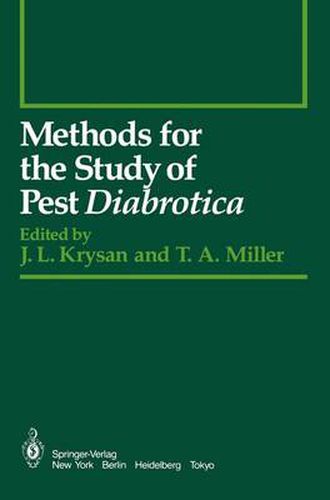Readings Newsletter
Become a Readings Member to make your shopping experience even easier.
Sign in or sign up for free!
You’re not far away from qualifying for FREE standard shipping within Australia
You’ve qualified for FREE standard shipping within Australia
The cart is loading…






This title is printed to order. This book may have been self-published. If so, we cannot guarantee the quality of the content. In the main most books will have gone through the editing process however some may not. We therefore suggest that you be aware of this before ordering this book. If in doubt check either the author or publisher’s details as we are unable to accept any returns unless they are faulty. Please contact us if you have any questions.
Insects as a group occupy a middle ground in the biosphere between bac at one extreme, amphibians and mammals at the other. teria and viruses of insects present special problems to the The size and general nature study of entomology. For example, many commercially available instru ments are geared to measure in grams, while the forces commonly en countered in studying insects are in the milligram range. Therefore, tech niques developed in the study of insects or in those fields concerned with the control of insect pests are often unique. Methods for measuring things are common to all sciences. Advances sometimes depend more on how something was done than on what was measured; indeed a given field often progresses from one technique to another as new methods are discovered, developed, and modified. Just ofthese techniques find their way into the classroom when as often, some the problems involved have been sufficiently ironed out to permit students to master the manipulations in a few laboratory periods. Many specialized techniques are confined to one specific research lab oratory. Although methods may be considered commonplace where they are used, in another context even the simplest procedures may save con siderable time. It is the purpose of this series (1) to report new devel opments in methodology, (2) to reveal sources of groups who have dealt with and solved particular entomological problems, and (3) to describe experiments which may be applicable for use in biology laboratory courses.
$9.00 standard shipping within Australia
FREE standard shipping within Australia for orders over $100.00
Express & International shipping calculated at checkout
Stock availability can be subject to change without notice. We recommend calling the shop or contacting our online team to check availability of low stock items. Please see our Shopping Online page for more details.
This title is printed to order. This book may have been self-published. If so, we cannot guarantee the quality of the content. In the main most books will have gone through the editing process however some may not. We therefore suggest that you be aware of this before ordering this book. If in doubt check either the author or publisher’s details as we are unable to accept any returns unless they are faulty. Please contact us if you have any questions.
Insects as a group occupy a middle ground in the biosphere between bac at one extreme, amphibians and mammals at the other. teria and viruses of insects present special problems to the The size and general nature study of entomology. For example, many commercially available instru ments are geared to measure in grams, while the forces commonly en countered in studying insects are in the milligram range. Therefore, tech niques developed in the study of insects or in those fields concerned with the control of insect pests are often unique. Methods for measuring things are common to all sciences. Advances sometimes depend more on how something was done than on what was measured; indeed a given field often progresses from one technique to another as new methods are discovered, developed, and modified. Just ofthese techniques find their way into the classroom when as often, some the problems involved have been sufficiently ironed out to permit students to master the manipulations in a few laboratory periods. Many specialized techniques are confined to one specific research lab oratory. Although methods may be considered commonplace where they are used, in another context even the simplest procedures may save con siderable time. It is the purpose of this series (1) to report new devel opments in methodology, (2) to reveal sources of groups who have dealt with and solved particular entomological problems, and (3) to describe experiments which may be applicable for use in biology laboratory courses.